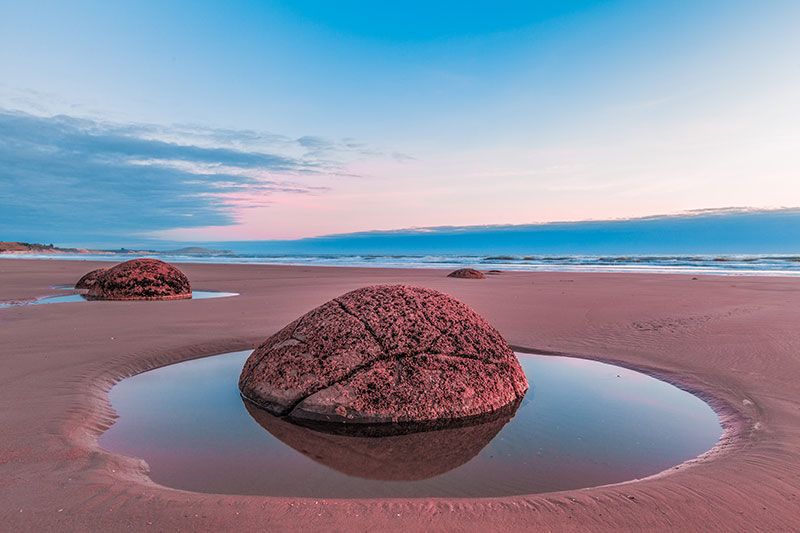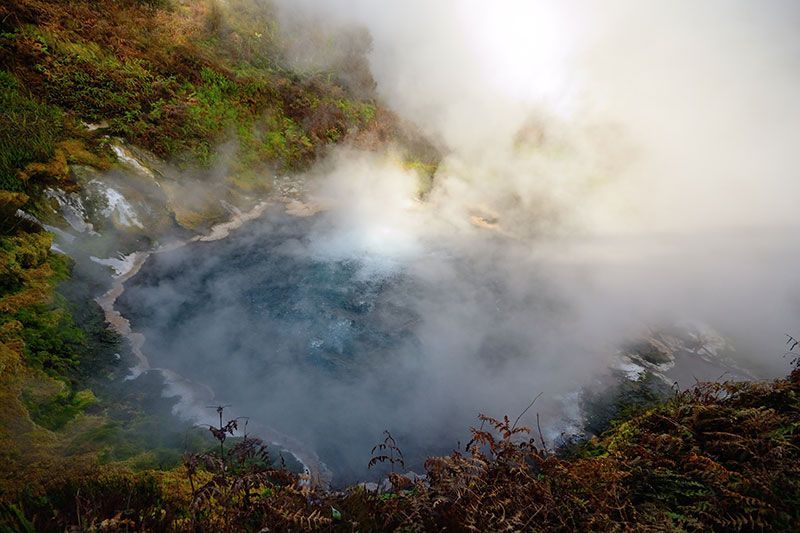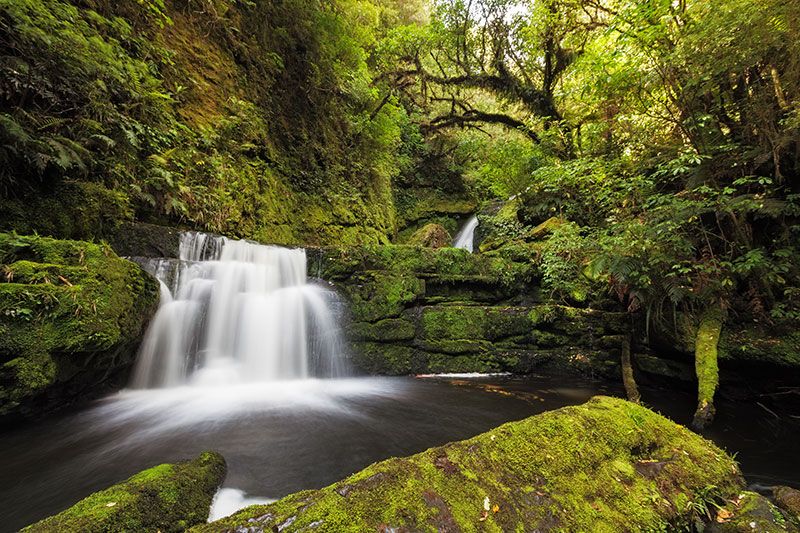New Zealand is a “clean, green” adventure-playground with some tourist destinations being nature areas such as Milford Sound, Abel Tasman National Park and the Tongariro Alpine Crossing and activities such as bungee jumping or whale watching. Read our post about Top-Rated Tourist Attractions in New Zealand to learn more about what you can see.
From glaciers to beaches, whale-watching to wine-tasting, New Zealand has so much to offer.

Trying to See Too Much
New Zealand is a big country – don’t try to see it all on your first trip. Most people make the mistake of trying to see too much due to their limit timing and instead of enjoying the trip they get really tired at the end.
Driving Over the Speed Limit in New Zealand
The speed limits in the country are set by the New Zealand government. The speed limit in each location is indicated on a nearby traffic sign or by the presence of street lighting. The default urban limit is 50km/h. in some of these areas, there are speed cameras that issue speeding tickets by mail. Police also use handheld laser speed guns.
While the speed limit in freeway-like is 100km/h, the conditions are more dangerous than freeways as there is no barrier separating you from oncoming traffic.
Buying Wine in a Restaurant
You can Bring Your Own Wine into a restaurant and pay a corkage fee! This way you can take a wine of your choice instead of only tasting what a particular restaurant may serve.
BYOB or BYO is an initialism and acronym concerning alcohol that means “bring your own bottle” or “bring your own booze”. In Australia and New Zealand, the term “BYO” (Bring Your Own) emerged to describe business establishments that offered corkage.
Traveling in High Season
The High season in New Zealand is during the summer from December to February. During that period the weather and prices are higher during this time. One of the main misconceptions is that traveling off-season in New Zealand is not a good option. Actually, you can still get warm weather and you’ll save money and avoid the crowd.
Campsites and areas on and around lakes and beaches tend to become very crowded when Kiwis are on holiday.
Some parts of the country such as Central Otago do experience extreme temperatures during summer and winter. During the Christmas and New Year period, almost all businesses shut down for a couple of weeks.
May and early June can be seen as the low season. Northern Hemisphere you’ll get cooler temperatures the more north you go.

Time
A big mistake is not using your time in the country wisely, or not spending enough time in New Zealand. It’s a big country and there is a lot to see.
Not being friendly
People in the country are very friendly. New Zealand along with Denmark are number one in the world of having the lowest corruption rates. Racism levels are very very low in New Zealand.
They are open people and have an open mind to new people, new cultures.
The sun isn’t that strong
It’s a misconception that the sun isn’t that strong in New Zealand. Make sure you wear eco-friendly suncream at all times when you’re outside!
Not keeping the nature safe
While enjoying the outdoors is suggested to don’t remove any plants or other natural resources and always pick up your garbage.

Not going off the beaten path
Off the beaten track you will discover some of the most beautiful, untouched and rugged areas and hidden treasures. If you want autonomy in your trip, you can’t go wrong with New Zealand.
Explore New Zealand and see parts that you don’t see in the guidebooks.
Sights
New Zealand is renowned as a beautiful country, but you don’t realize just how beautiful until you get there! You will be down away by its beauty.
Want to learn more about other sustainable destination? Check out section sustainable travel destinations.












